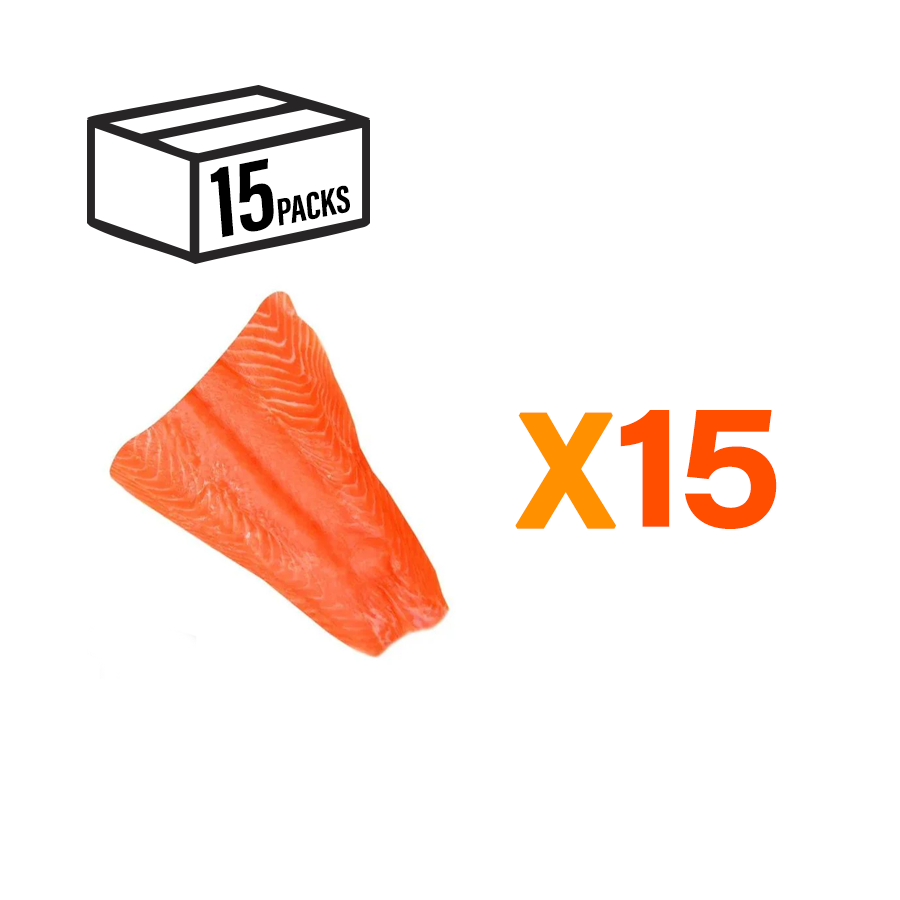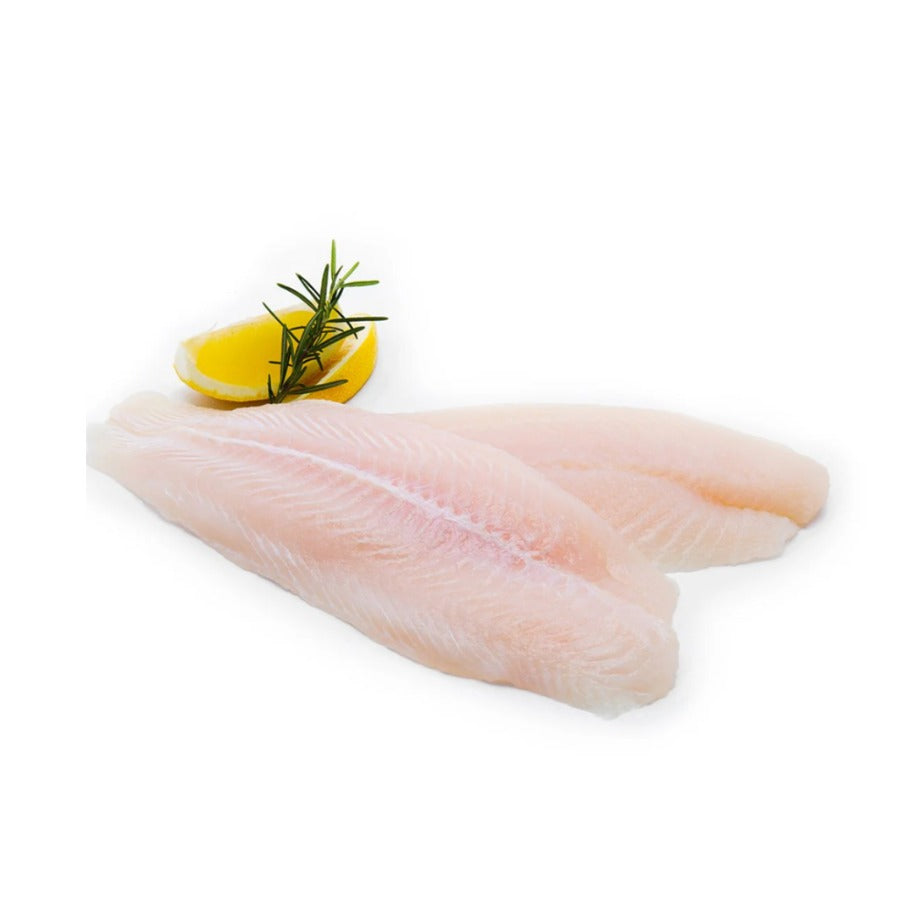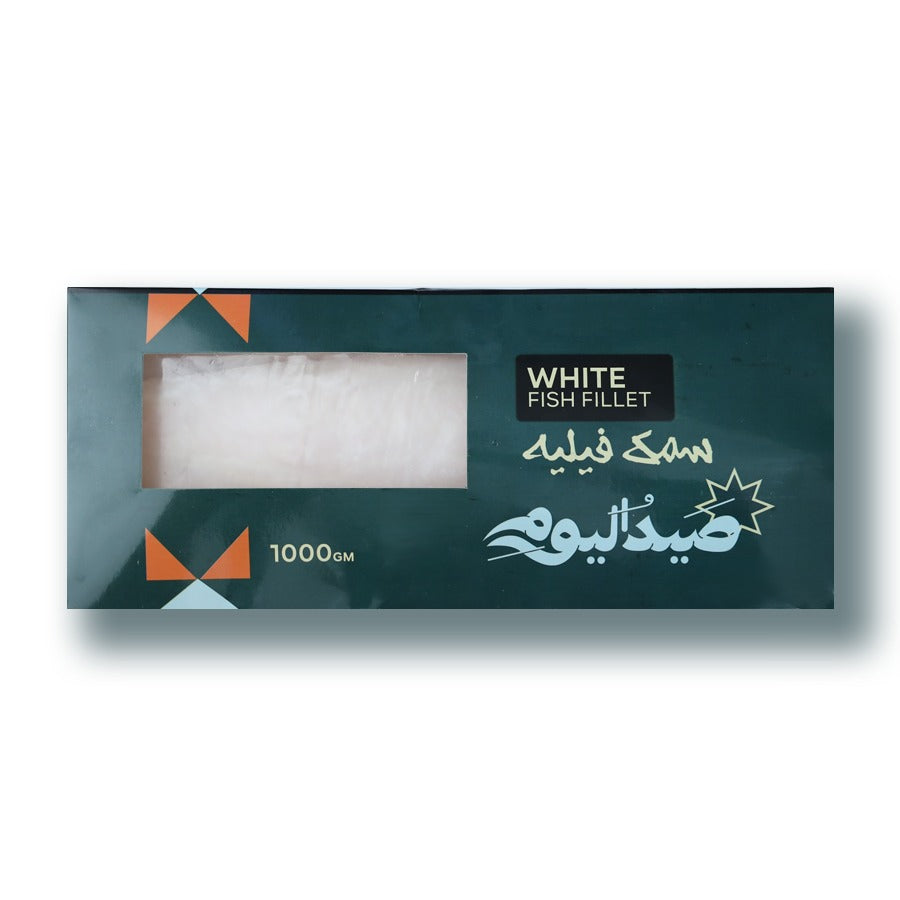Not All Seafood Is Safe: How to Spot Bad Seafood Before It’s Too Late
Seafood is delicious and packed with nutrients—but if it’s spoiled, it can pose serious health risks. Whether you’re buying for your family or stocking up for your restaurant, knowing how to spot bad seafood is essential. At Seafood Factory, we’re committed to providing high-quality, safe seafood. Here’s how to make sure you’re getting the good stuff.
How to Tell If Seafood Is Spoiled
- Smell: Fresh seafood should smell clean, like the sea. A sour, ammonia-like, or overly “fishy” smell means it’s spoiled.
- Texture: Fish and shrimp should feel firm and springy. Slimy, mushy, or sticky textures are red flags.
- Appearance: Look for shiny, moist flesh and clear eyes (for whole fish). Avoid dull, dry, or discolored seafood.
- Shellfish: Discard clams, oysters, or mussels with cracked shells or ones that don’t close when tapped.
Risks of Eating Bad Seafood
Eating spoiled seafood can lead to food poisoning, including infections from Vibrio bacteria or histamine poisoning (scombroid). Symptoms may include nausea, cramps, vomiting, rashes, or even serious allergic-like reactions.
How to Choose Safe, High-Quality Seafood
- Buy from trusted, hygienic vendors with fast product turnover.
- Choose seafood that’s properly refrigerated or displayed on thick ice.
- Check packaging for signs of freezer burn or excess frost.
- Look for labels showing origin and storage guidelines .
Tips for Safe Storage
- Keep seafood cold (below 4°C) and use within 1–2 days.
- Freeze what you won’t use immediately in airtight packaging.
- Thaw safely in the fridge or sealed in cold water—never at room temp.
- Cook to an internal temperature of 63°C until flesh is opaque and flakes easily.
Trust Your Source
For bulk buyers, always check for certifications like HACCP or ISO, and ask about traceability. At Seafood Factory, we supply premium-quality products with full transparency—from Shrimps and Raw Salmon to Wild-Caught Fish and Sea Fruits.
Conclusion: Make Safe Seafood a Priority
Bad seafood isn’t just unpleasant—it’s dangerous. Use your senses, buy from trusted sources, and store it safely. Ready to order safe, premium seafood? Visit our homepage to explore the full range of products available for home and wholesale delivery.









